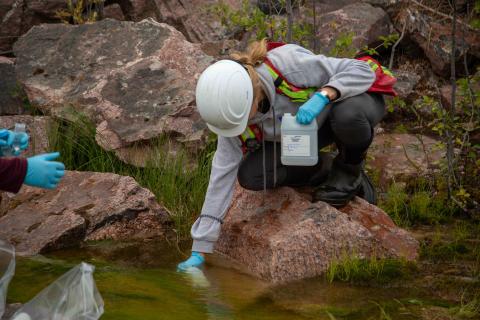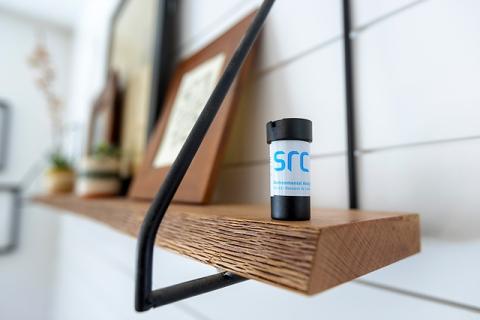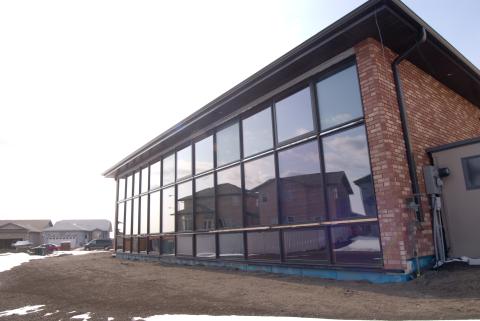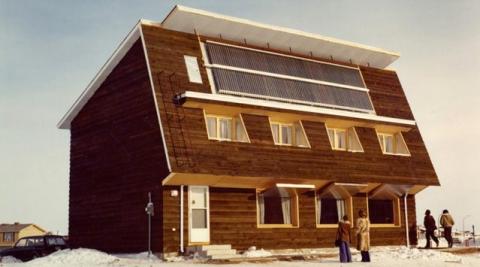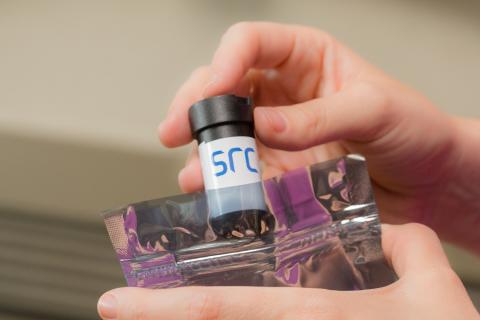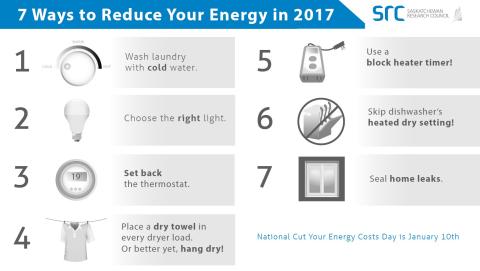Water is a reactive and dynamic medium. Although a sample bottle filled with water may look quite stable, as soon as that sample is taken, subtle changes can begin to take place. Read more to learn why it's important to follow the sampling and preservation guidelines provided by your laboratory.
Learn how one SRC employee tested her home for radon and what she did when her result came back higher than Health Canada's safe home radon level.
Did you know that lighting accounts for about one-third of an average home’s energy use? With so many different options for light bulbs on the market, it's hard to know which one is the best. We share seven reasons why people should consider switching to LEDs, the fastest growing tech in this sector.
The Saskatchewan Conservation House was a demonstration house built to test energy-efficient methods. Four more energy-efficient demonstration homes based on SRC’s research and expertise were later constructed. Learn about the innovative features of these homes that influenced energy-efficient housing across the world.
As a result of the energy crisis in the 1970s, Saskatchewan residents were looking for ways to reduce energy costs for their homes. Learn about the development of an energy conservation demonstration home, the Saskatchewan Conservation House, which applied cost-effective methods for reducing energy use for homeowners.
As the second leading cause of lung cancer, the presence of radon in a home poses a safety issue that can be readily dealt with in many cases. As many people have not even heard of radon, the challenge lies in building awareness about the importance of testing among the general public.
Energy is an intrinsic part of our daily lives, and it has become so common to simply make toast or coffee in the morning that we often forget how valuable energy is. For National Cut your Energy Costs Day on January 10, 2017, we are sharing seven ways to reduce your energy costs.
